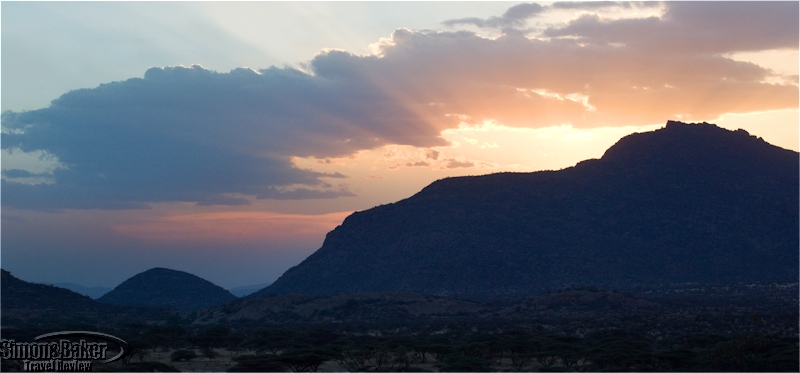
by Editor | Sep 1, 2012 | Africa, Kenya, Samburu, Simon and Baker Travel Review
Named in honor of Joy Adamson, a well-known naturalist, artist and author, Joy’s Camp is located in the Shaba National Reserve north of Nairobi. Joy wrote the famed book, Born Free, in which she describes her experiences raising a lion cub named Elsa. She raised a leopard named Penny and introduced her back into the wild. The camp was built near that location. Joy later wrote a book about this experience entitled The Queen of Shaba. The camp features photos and memorabilia from Joy Adamson in the common areas.
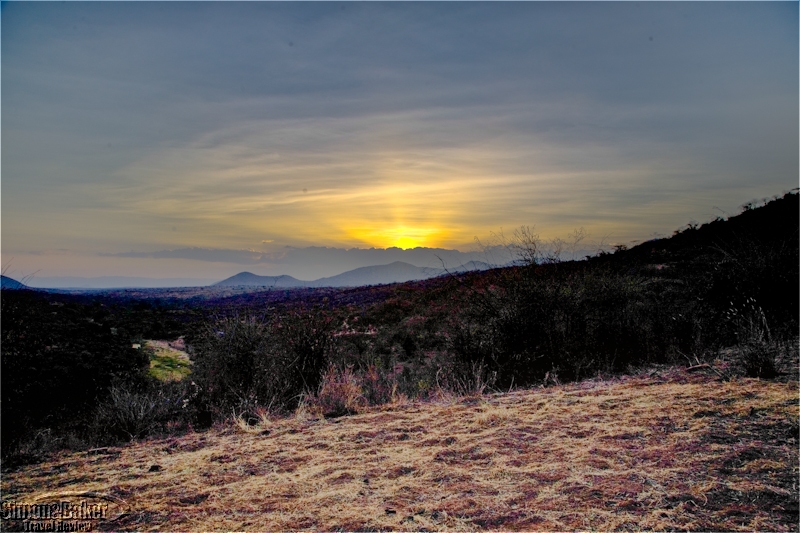
by Editor | Sep 1, 2012 | Africa, Kenya, Matthews Range, Simon and Baker Travel Review
We traveled from Nairobi to the Samburu airstrip in a Cessna Caravan. Once we landed at the Samburu airstrip our bush adventure began. A small group of Samburu women gathered in a half-circle on the ground, selling beautiful beaded jewelry made by women in their village. The contrast between the vivid colors of their clothing against the colorless, arid background made these women a feast for the senses. They were quiet, their faces gentle. A young Samburu warrior strolled by, his turquoise wrap floating in the breeze. He wore the traditional tribal clothing of a Samburu warrior; beaded neck pieces, a headdress and other brightly-colored accessories cascaded down his chest and back. These handsome people took our breath away.
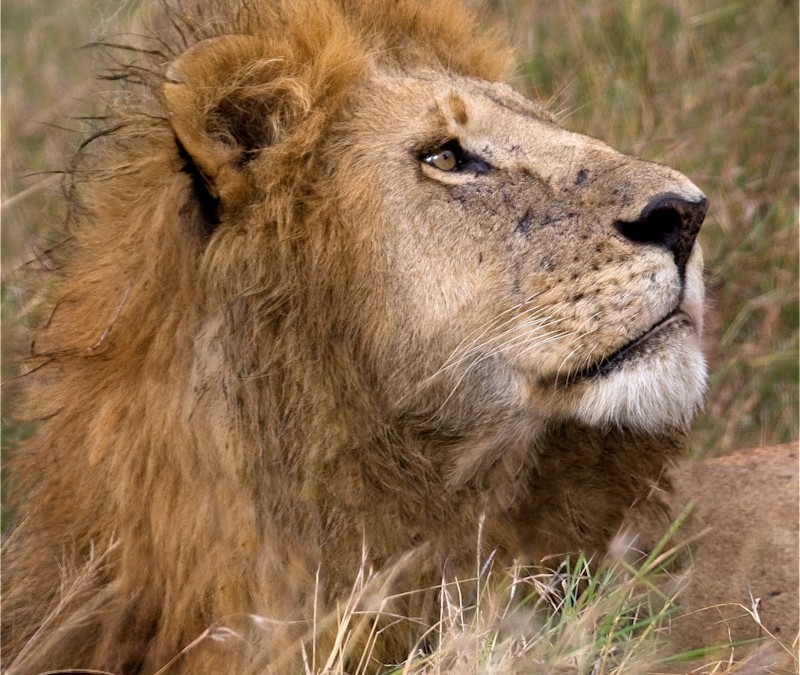
by Editor | Sep 1, 2012 | Africa, Kenya, Masai Mara, Simon and Baker Travel Review
Named after the warburgia ugandensis tree, referred to commonly as the elephant pepper tree, Elephant Pepper Camp offered a genuine bush experience in the heart of the Maasai Mara North Conservancy. The leaves of the elephant pepper tree are spicy hot and a favorite snack of elephants. These pungent leaves also serve as medicinal cures for local Maasai people. Elephant Pepper Camp offered a classic tented bush experience and some of the best wildlife viewing we have seen on safari.
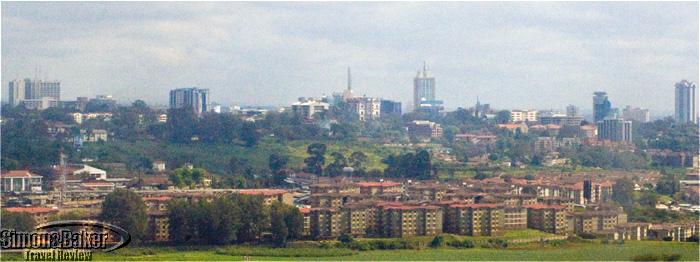
by Editor | Nov 1, 2008 | Africa, Kenya, Simon and Baker Travel Review
Kenya is a land of contrasts; a mosaic of cultures developed through millennia of rich history, scattered throughout a 225,000 square mile area (582,650 square kilometer; roughly the size of Texas), with a population of 38 million representing over a dozen main tribal groups. Many have retained their ancestral traditions from the Swahili sailing their ancient dhows along the coastal waters of the Indian Ocean to the Masai still herding their cattle across the wide open spaces of the southwest of the country. The topography of the land is equally varied and offers some of the most stunning landscapes in Africa. The country sits astride the equator on the eastern coast of Africa. From a 333 mile (536 kilometer) coastline of tropical beaches melting into the Indian Ocean it rises toward the west to the mile-high plateau of Nairobi and central highlands culminating at the snow-capped peak of Mount Kenya, 17,058 feet (5,200 meters) above sea level. Further west, the land slopes down again toward Uganda, Lake Victoria and Tanzania to the south, to become arid red-dust plains and sun-baked savannah teaming with some of the most spectacular wildlife in the world.
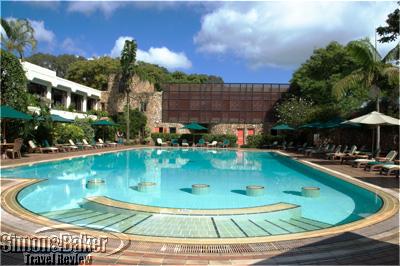
by Editor | Nov 1, 2008 | Africa, Kenya, Nairobi, Simon and Baker Travel Review
Nairobi was the last stop on my recent Kenya itinerary. After two weeks in the glorious isolation of remote bush camps, I wanted to ease back into the modern world before boarding the long flight home. The Nairobi Serena Hotel proved to be the ideal retreat for my transition. Located at the edge of the city’s Central Park and surrounded by its own lush tropical gardens, the Nairobi Serena offered an oasis of serenity in the heart of Africa’s fourth largest, and one of its most vibrant, cities.
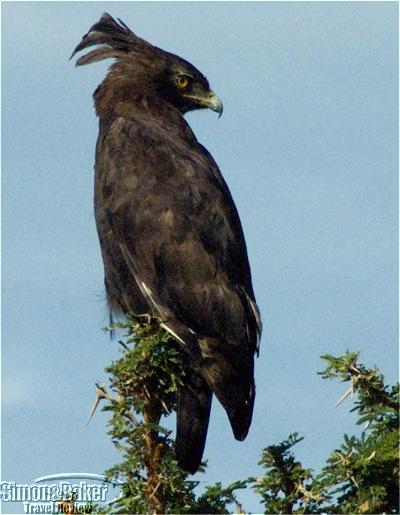
by Editor | Nov 1, 2008 | Africa, Kenya, Masai Mara, Simon and Baker Travel Review
Porini Lion Camp far exceeded any promise its name may have implied! Lions? I had little doubt there’d be lions. The camp was located in the Olare Orok Conservancy, a 23,000 acre (9,000 hectare) private game reserve on the northwest boundary of the Masai Mara National Reserve, which is reputed for its lions. But even at my most optimistic, I hadn’t expected an entire pride of lions, 17 in all, to materialize in the savannah grass 10 minutes into my first game drive! They were rousing from their afternoon siesta, feigning nonchalance as they began to focus on an approaching herd of zebras. I was able to observe the team effort of their stalking process and the zebra’s ultimate narrow escape. We moved on, only to stop again instants later at the edge of a clearing were a breeding herd of elephants was feeding. I was privileged to observe a newborn elephant calf’s first unsteady steps, and its efforts to figure what to do with its unwieldy nasal appendage in its awkward attempt to suckle. A few feet away, its sturdier week-old cousin was trying to uproot a twig, before loosing interest and taking off, puppy-like, in hot pursuit of a bird. By sundown, without leaving the conservancy, we had also sighted buffalos and a leopard for four of the Big Five! We viewed the “fifth’” at close range early the next morning. Shortly after we crossed the boundary of the Masai Mara National Reserve we happened onto a pair of black rhinos engaged in their courtship ritual. But even this exciting sighting was soon overshadowed by a cheetah and her three young cubs enthusiastically tucking into their impala breakfast.






